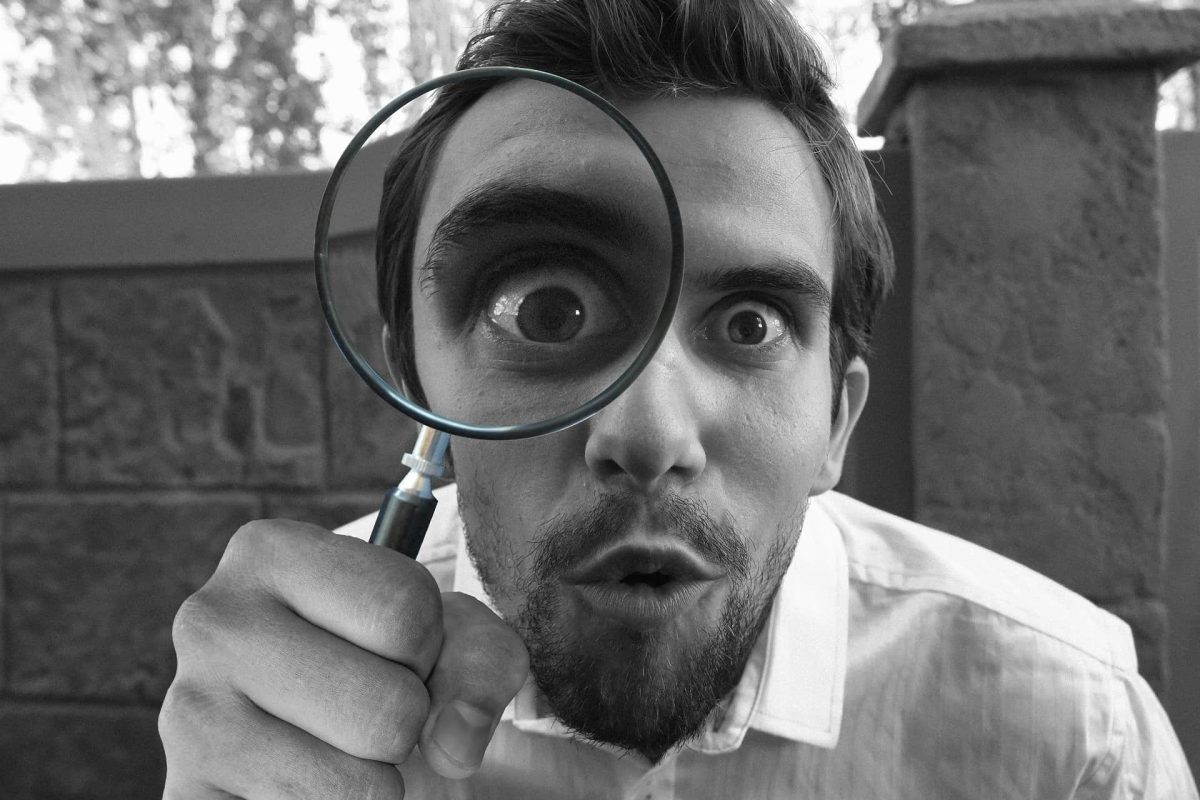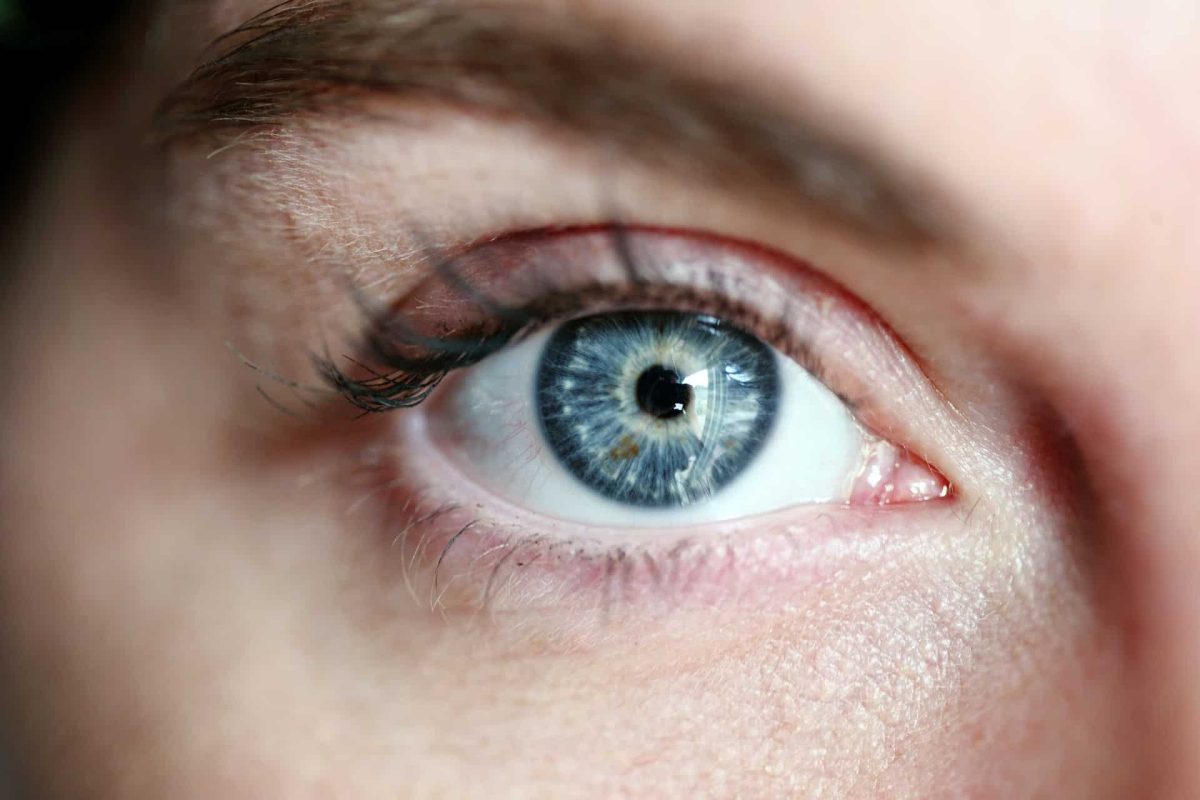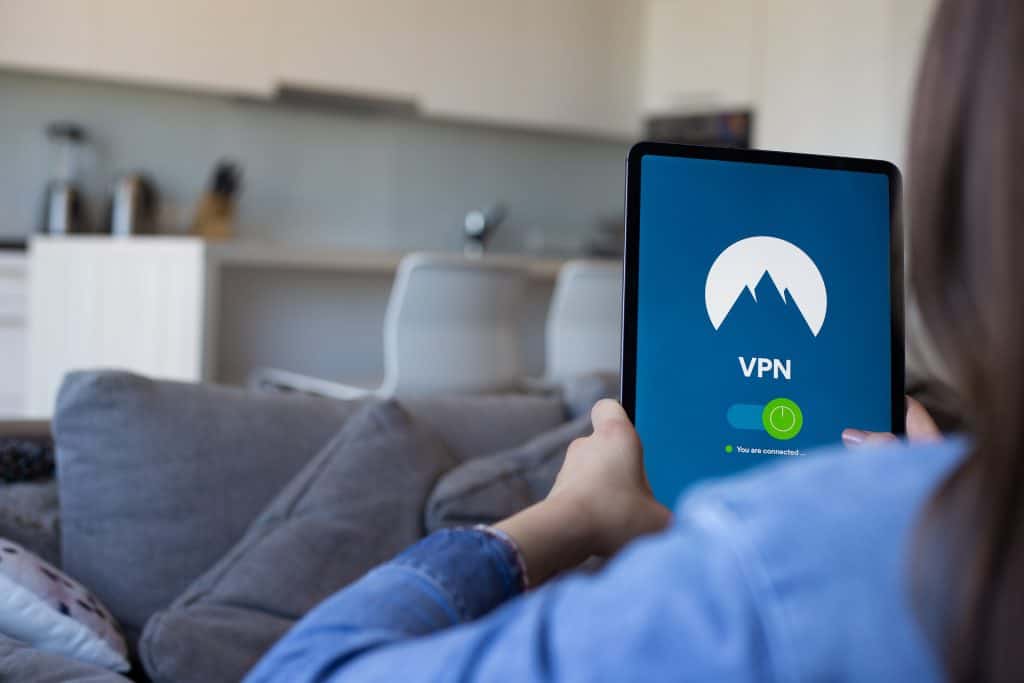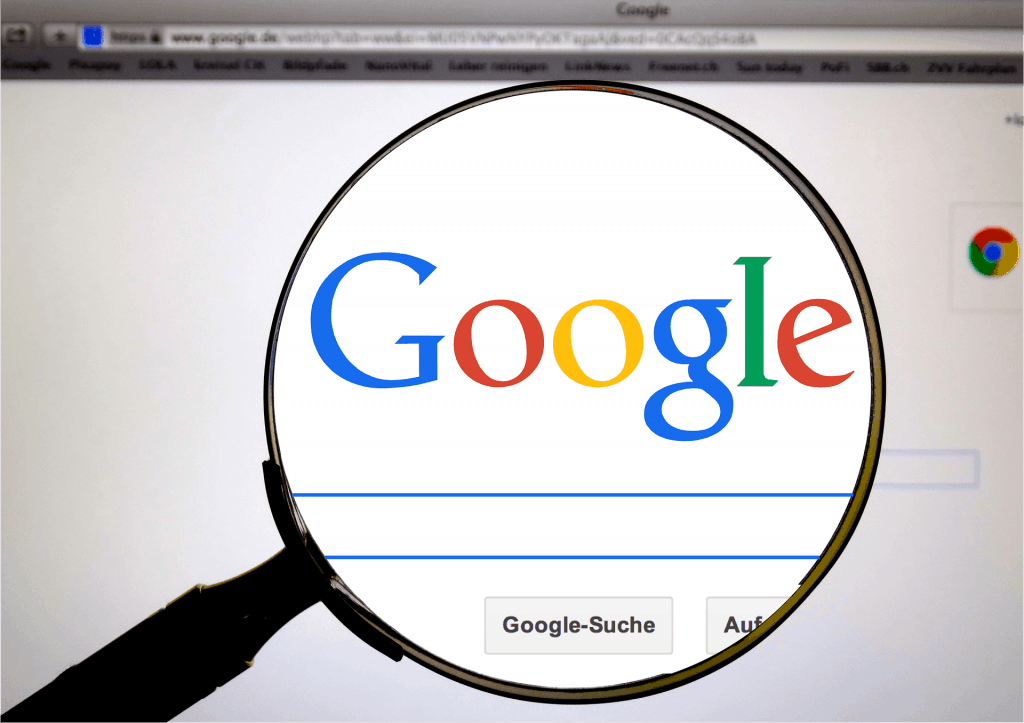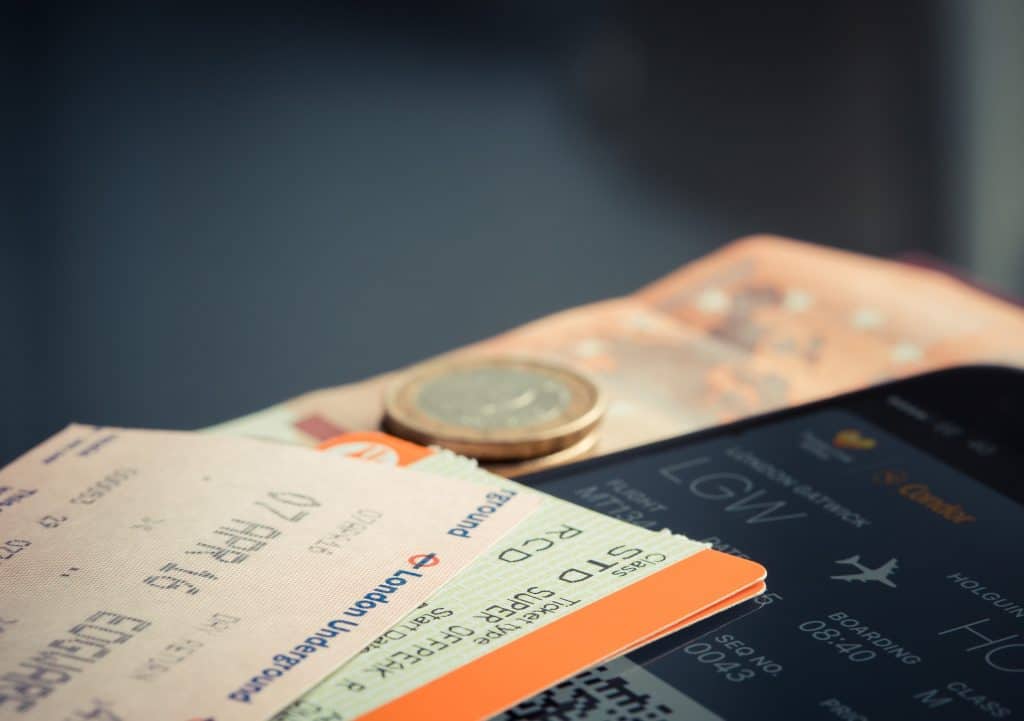Privacy on the Internet is one of our bigger concerns in today’s interconnected world, and YouTube is not exempt from those concerns. Given the sheer volume of YouTube videos that are watched at any given time, and especially by any individual person, there is a wealth of information that can be gleaned from knowing someone’s YouTube viewing history.
Unfortunately, the answer to “can YouTube history be tracked?” is a resounding yes, it most certainly can… assuming you are using YouTube as a logged-in user. YouTube will still track your usage when you are not logged in, of course, but there this data will be anonymised. This is not to say it’s not tracking you in a way, but more on that shortly.
YouTube Viewing History
The first thing to be aware of when considering YouTube’s tracking abilities is that it is baked into the platform. YouTube makes its money through advertising, and the biggest selling point for online advertisers is the fact that ads can be targeted to very specific demographics because of all the information YouTube has. YouTube knows your age, gender, geographical region, interests, and more, allowing advertisers to make sure their ads are being shown to people who are likely to be interested. Naturally, that system doesn’t work if YouTube doesn’t collect information about you.
Your viewing history is the most obvious thing, of course. You yourself can view your viewing history if you wish, a particularly useful tool for finding videos you’ve enjoyed in the past but can’t find now. Of course, in order for this feature to be available, YouTube needs to keep a record of what you have watched.
Your YouTube viewing history is private, and cannot be viewed by anyone else. If you don’t want certain videos logged to your viewing history, you can always log out of YouTube before viewing them. There are some limitations to this method, however. For example, YouTube will not allow you to watch videos it has deemed inappropriate for younger viewers unless you are logged in. This is mostly to prevent children from getting around content restrictions by using YouTube logged out.
You can also clear your viewing history if you’re worried about someone using your computer and stumbling across your obsession with videos of capybara playing with dogs, but that will only affect the viewing history you see—the data that YouTube uses to decide what to recommend to you will still be there.
Non-YouTube Tracking
It is possible for your YouTube history to be tracked by non-YouTube parties, but in the vast majority of cases, this would require you to have either agreed to something or been hacked by someone.
For example, if you are using YouTube through a device that has been opted into something like Nielson tracking, all of your online activity will be tracked, including your YouTube use, but this is something you will have actively sought out and agreed to beforehand.
It is also possible for your device to become infected with malicious software that will monitor your YouTube usage, but you should be able to avoid this with common sense security measures, such as having up to date anti-virus software and not clicking on untrustworthy links.
There are also perfectly legitimate (in the legal sense, not necessarily the moral one) ways to track your usage, such as Facebook’s “Off-Facebook Activity” settings. These can be disabled by you, but if they are not, Facebook can track a number of things you might be getting up to online.

Your Online “Fingerprint”
We often worry about our identity being out there because all of the scariest sounding forms of hacking and online fraud involve stealing our identities for something. It is possible to track you without your identity, however.
When you use the Internet, including websites like YouTube, there is a wealth of information that those remote servers have access to. These include things like the operating system your device is using, the browser, what screen resolution you have, even what fonts are installed.
While none of these things inherently give away your identity, there are sufficient variables to reliably identify a returning anonymous user. In this manner, a remote server can build up a tracking history for a user, even if that user never logs in or gives their name or any other personally identifiable information. Essentially, they can create a “digital fingerprint” corresponds to you and you alone, even if they don’t know who you are.
Now, if YouTube uses this method, nobody is being particularly open about it. However, we do know that they use browser cookies to keep track of what you’ve been watching.
Browser Cookies
Browser cookies are essentially little packets of information that are stored on your hard drive. The next time you visit YouTube anonymously, YouTube can check these cookies and see what you were looking at the last time you were there.
If you’re not comfortable with this, there are two options. You can either regularly clear your cookies so that there is no record, or you can browse YouTube in incognito/privacy mode. With cookies being stored on your computer, you are in complete control of whether they stay or go, as long as you know how to do it.
Final Thoughts
Your YouTube history can certainly be tracked, but, for the most part, the entity doing the tracking is YouTube. It is possible for nefarious parties to get into a position to track your viewing history, but in most cases, if they are in that position, your viewing history will be the least of your worries.
It should also be noted that, from a privacy standpoint, YouTube is a very different platform for children. COPPA regulations mean that YouTube cannot track nearly as much data on underage viewers as they can with adults.
For the most part, however, protecting your privacy and identity on YouTube requires the same common-sense approach that should be used whenever you are browsing the Internet or using connected apps.
Top 5 Tools To Get You Started on YouTube
Very quickly before you go here are 5 amazing tools I have used every day to grow my YouTube channel from 0 to 30K subscribers in the last 12 months that I could not live without.
1. VidIQ helps boost my views and get found in search
I almost exclusively switched to VidIQ from a rival in 2020.
Within 12 months I tripled the size of my channel and very quickly learnt the power of thumbnails, click through rate and proper search optimization. Best of all, they are FREE!
2. Adobe Creative Suite helps me craft amazing looking thumbnails and eye-catching videos
I have been making youtube videos on and off since 2013.
When I first started I threw things together in Window Movie Maker, cringed at how it looked but thought “that’s the best I can do so it’ll have to do”.
Big mistake!
I soon realized the move time you put into your editing and the more engaging your thumbnails are the more views you will get and the more people will trust you enough to subscribe.
That is why I took the plunge and invested in my editing and design process with Adobe Creative Suite. They offer a WIDE range of tools to help make amazing videos, simple to use tools for overlays, graphics, one click tools to fix your audio and the very powerful Photoshop graphics program to make eye-catching thumbnails.
Best of all you can get a free trial for 30 days on their website, a discount if you are a student and if you are a regular human being it starts from as little as £9 per month if you want to commit to a plan.
3. Rev.com helps people read my videos
You can’t always listen to a video.
Maybe you’re on a bus, a train or sat in a living room with a 5 year old singing baby shark on loop… for HOURS. Or, you are trying to make as little noise as possible while your new born is FINALLY sleeping.
This is where Rev can help you or your audience consume your content on the go, in silence or in a language not native to the video.
Rev.com can help you translate your videos, transcribe your videos, add subtitles and even convert those subtitles into other languages – all from just $1.50 per minute.
A GREAT way to find an audience and keep them hooked no matter where they are watching your content.
4. PlaceIT can help you STAND OUT on YouTube
I SUCK at making anything flashy or arty.
I have every intention in the world to make something that looks cool but im about as artistic as a dropped ice-cream cone on the web windy day.
That is why I could not live on YouTube without someone like PlaceIT. They offer custom YouTube Banners, Avatars, YouTube Video Intros and YouTube End Screen Templates that are easy to edit with simple click, upload wizard to help you make amazing professional graphics in minutes.
Best of all, some of their templates are FREE! or you can pay a small fee if you want to go for their slightly more premium designs (pst – I always used the free ones).
5. StoryBlocks helps me add amazing video b-roll cutaways
I mainly make tutorials and talking head videos.
And in this modern world this can be a little boring if you don’t see something funky every once in a while.
I try with overlays, jump cuts and being funny but my secret weapon is b-roll overlay content.
I can talk about skydiving, food, money, kids, cats – ANYTHING I WANT – with a quick search on the StoryBlocks website I can find a great looking clip to overlay on my videos, keeping them entertained and watching for longer.
They have a wide library of videos, graphics, images and even a video maker tool and it wont break the bank with plans starting from as little as £8.25 ($9) per month.


